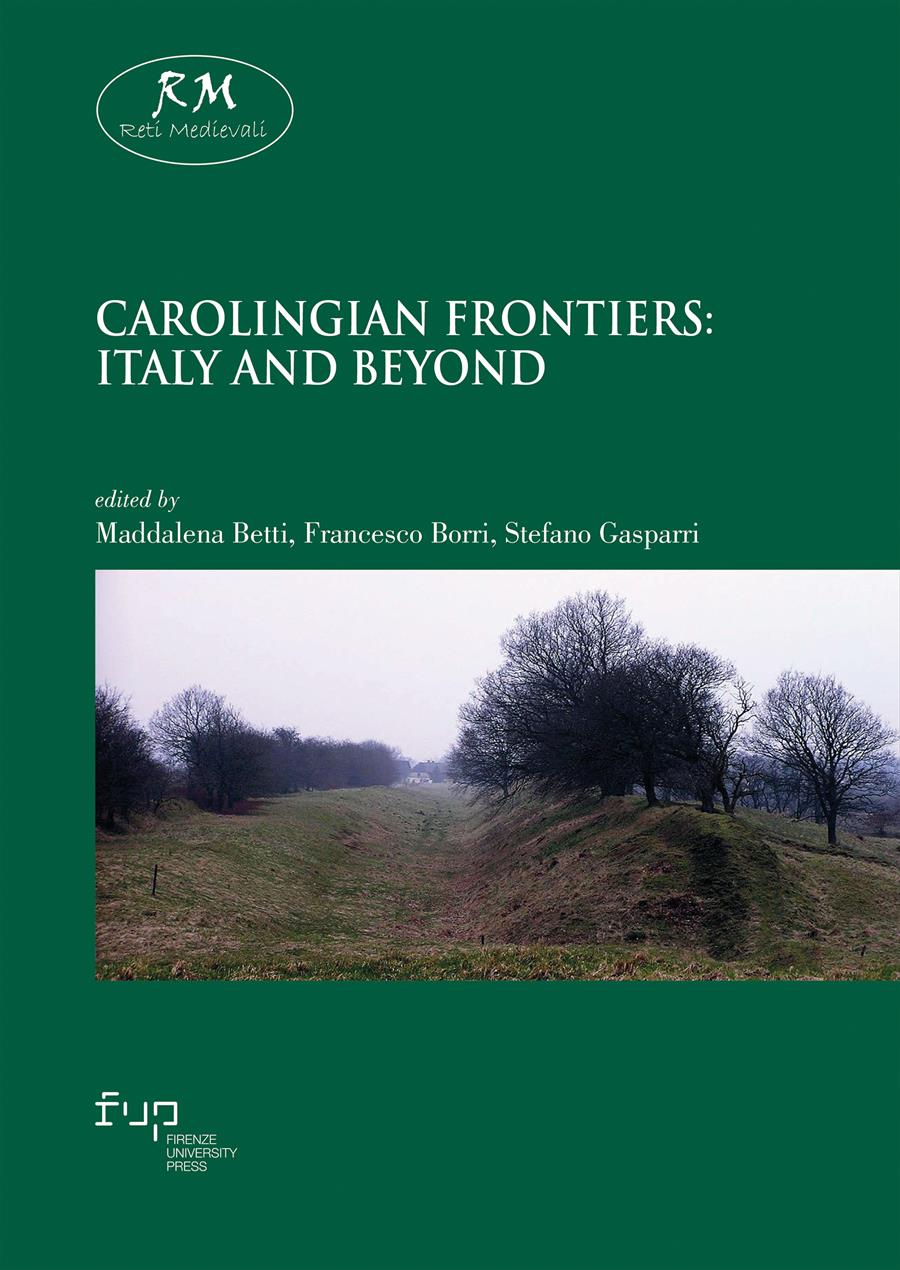- Carolingian Frontiers: Italy and Beyond
- Edited by Maddalena Betti, Francesco Borri, Stefano Gasparri
A blurred frontier: the territories between the kingdom of Asturias and al-Andalus (eighth and ninth centuries)
- Iñaki Martín Viso
- © 2024 Author(s) |
- CC BY 4.0
- DOI: 10.36253/979-12-215-0416-3.05
The Islamic conquest of the kingdom of Toledo brought about the disappearance of central authority in certain regions of the Iberian Peninsula. This is what happened on the Duero Plateau, which, between the eighth century and the mid-ninth century, was an area bereft of any type of complex political structure. The paper provides an analysis of certain elements of political organization during that period, defined by fragmentation and the existence of numerous small-sized territories that were associated with the management of common lands. It was in an area on the fringes of Asturians and Andalusians that a blurred frontier was drawn, where some influences of al-Andalus can be identified. After the second half of the ninth century, the kingdom of the Asturias spread across these territories at the same time as the county of Castile became consolidated. This increase in complexity created formerly non-existent struggles against the Muslims, and gave rise to a new frontier, although the areas south of the Duero generally remained outside the scope of Asturian, Castilian and Andalusian authority.
- Keywords:
- 8th-9th century,
- Iberian Peninsula,
- Duero Plateau,
- al-Andalus,
- Asturias,
- frontier,
University of Salamanca, Spain - ORCID: 0000-0002-1720-0821
Chapter Information
Chapter Title
A blurred frontier: the territories between the kingdom of Asturias and al-Andalus (eighth and ninth centuries)
Authors
Iñaki Martín Viso
Language
English
DOI
10.36253/979-12-215-0416-3.05
Peer Reviewed
Publication Year
2024
Copyright Information
© 2024 Author(s)
Content License
Metadata License
Bibliographic Information
Book Title
Carolingian Frontiers: Italy and Beyond
Editors
Maddalena Betti, Francesco Borri, Stefano Gasparri
Peer Reviewed
Number of Pages
354
Publication Year
2024
Copyright Information
© 2024 Author(s)
Content License
Metadata License
Publisher Name
Firenze University Press
DOI
10.36253/979-12-215-0416-3
ISBN Print
979-12-215-0415-6
eISBN (pdf)
979-12-215-0416-3
eISBN (xml)
979-12-215-0418-7
Series Title
Reti Medievali E-Book
Series ISSN
2704-6362
Series E-ISSN
2704-6079
